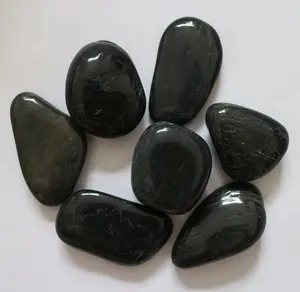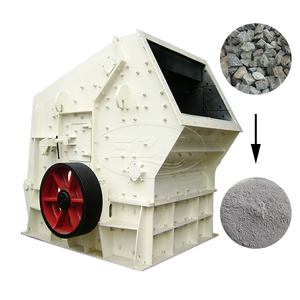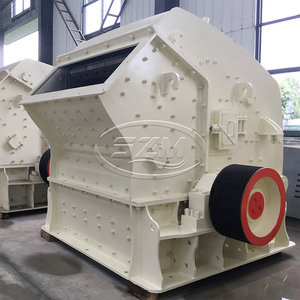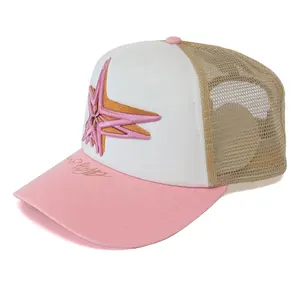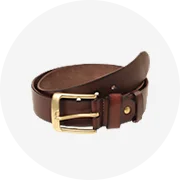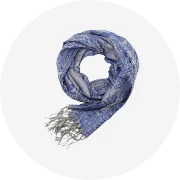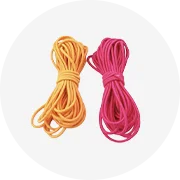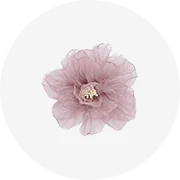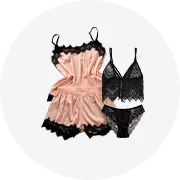Einzigartig finden. kiesel preis philippinen nur auf Alibaba.com in ausgezeichnetem Zustand. kiesel preis philippinen sind eine taschenfreundliche Möglichkeit, Ihre Garderobe zu erweitern, sodass Sie nie einen Blick wiederholen müssen sind auch gut für die Umwelt, da sie Abfall reduzieren. kiesel preis philippinen werden als modische und sozialbewusste Wahl immer beliebter.
kiesel preis philippinen, das auf Alibaba.com angeboten wird, umfasst viele verschiedene Arten von Artikeln in jedem Stil, sei es Freizeitkleidung, Markendesignermode oder sogar anlassspezifische Kleidung wie Brautkleider. kiesel preis philippinen sind großartig, um aufregende Stücke zu finden, die Ihre Persönlichkeit widerspiegeln und einzigartige Outfits konzipieren. Sie ermöglichen es einem, häufig seinen Sinn für Stil zu ändern oder für einen bestimmten Anlass zu kaufen, ohne übermäßig viel Geld ausgeben zu müssen. kiesel preis philippinen ermöglicht dem Träger auch den Zugriff auf ausverkaufte Stile anderswo oder finden Sie Vintage-Artikel, die ihren eigenen Charme haben.
kiesel preis philippinen erleichtert es dem Träger, Premium-Styles zur Schau zu stellen, ohne in diesem Bereich bezahlen zu müssen. Die Seite hat nur Lagerbestände. kiesel preis philippinen von bester Qualität, die auf Beschädigungen oder Mängel überprüft wurden. Alle Artikel werden gründlich gereinigt und für den nächsten Benutzer perfekt repariert. Es ist eine großartige Gelegenheit für. kiesel preis philippinen Verkäufer und Großhändler, um eine große Menge dieser Artikel in großen Mengen zu kaufen.
Wählen Sie aus einer Vielzahl von. kiesel preis philippinen, die auf Alibaba.com verkauft werden, um die perfekten Übereinstimmungen zu finden. Von zuverlässigen Verkäufern angeboten, können Sie sicher sein, dass die Artikel Ihren Standards entsprechen und Sie Lust haben, mehr zu kaufen. Bei so niedrigen Preisen ist der Kauf dieser Produkte das perfekte Schnäppchen.




















